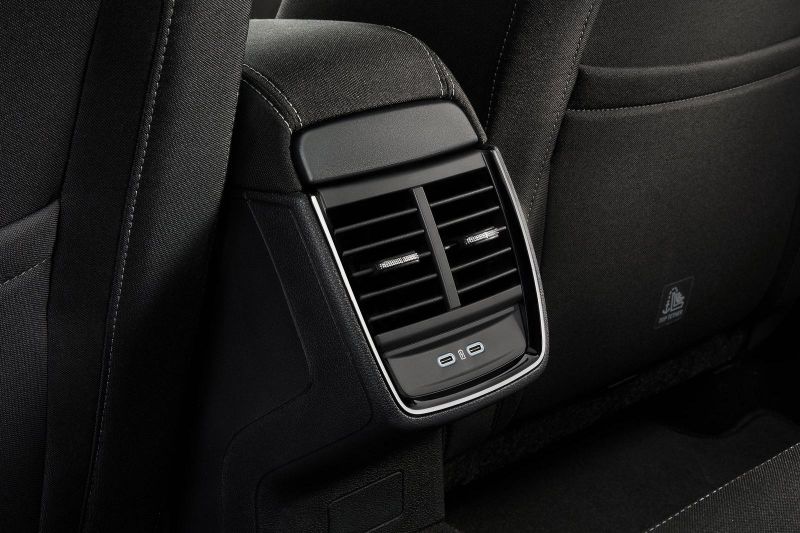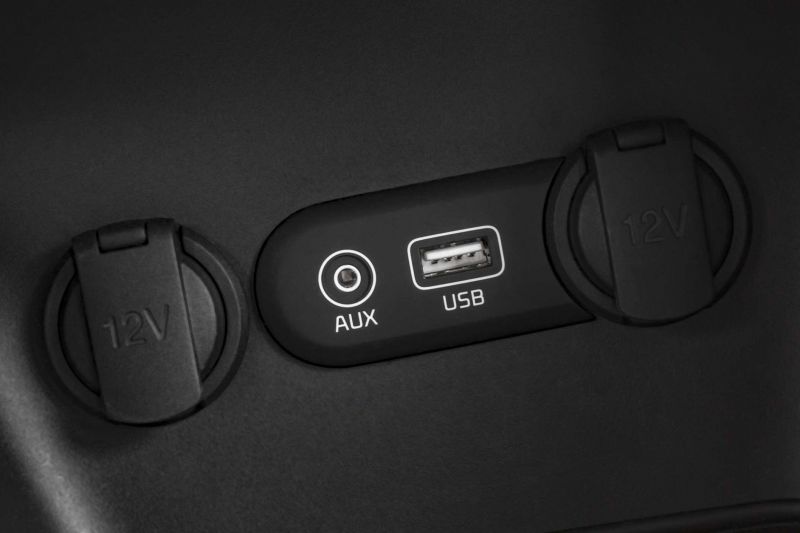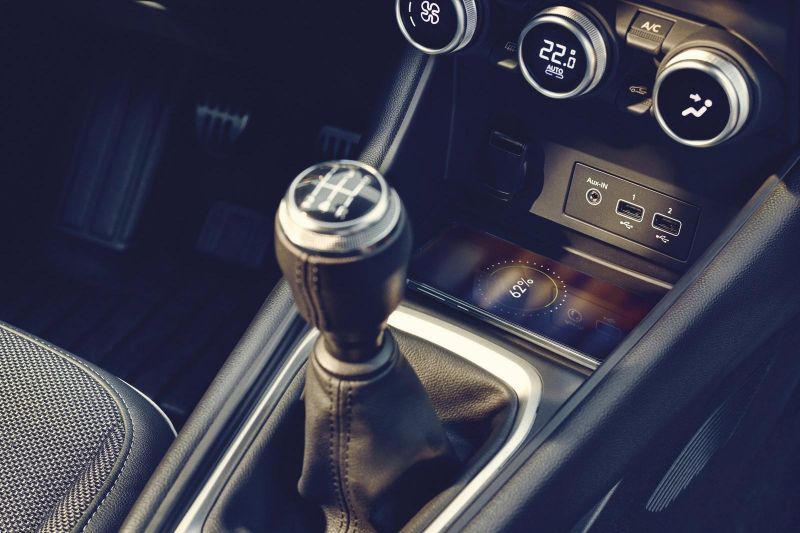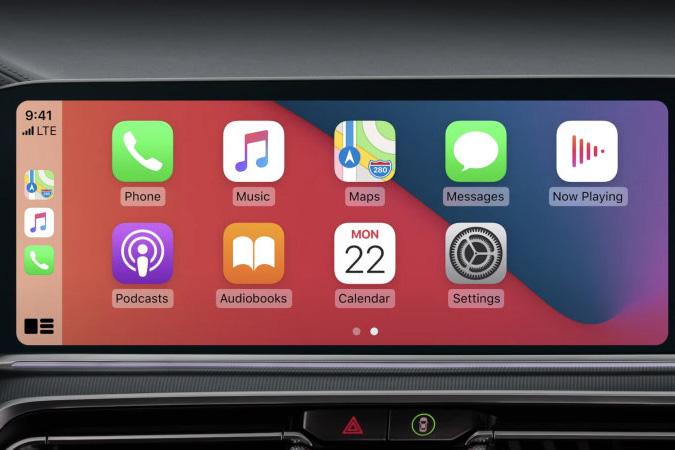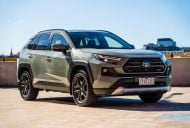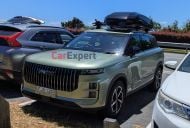Carmakers today love boasting about the technology their vehicles pack, with spec sheets detailing USB ports, wireless charging, and of course the now essential smartphone mirroring, or Apple CarPlay and Android Auto.
However, buying a new car is much more than a box-ticking exercise when it comes to ensuring your new purchase has all the latest technology.
Often it’s important to go a level deeper and evaluate how well this technology is implemented.
USB ports
Almost every new car on sale today, regardless of price, will feature USB ports.
Inexpensive light cars such as the Kia Picanto tend to have a single port, while larger vehicles such as family SUVs may have multiple USB ports.
Generally, these include two at the back for rear passengers (often located at the rear centre console or within the rear centre armrest) and multiple ports for front passengers.
There are variations within model ranges. The range-topping Kia Sorento has extra USB ports for rear passengers, for example, while the Mazda CX-9 Azami gains third-row USB connectors.
Not all USB ports are created equal. Some cars will pack USB-A ports, which are more widespread, while USB-C is starting to roll out more broadly.
Some cars include only one or the other, others feature a combination of USB-A and USB-C ports. The latter is becoming increasingly popular, and many newer Android smartphones and iPhones only ship with USB-C cables.
Although a $20 cable isn’t a huge investment atop a new car’s price, it’s worth checking if you’ll need to buy one.
Another feature to note is whether any of the USB ports support fast charging.
This can be an important feature if you frequently make short trips and need to have your phone topped up quickly. In some vehicles, the faster phone charger will be separate to the port used for smartphone mirroring.
Wireless charging
Wireless charging has become increasingly common in new cars, and saves buyers from fiddling with wires whenever they get behind the wheel.
These chargers almost all use the widely adopted ‘Qi’ standard that requires the driver to simply drop their phone on the pad for it to charge.
A key thing to look for is the orientation of the wireless charger, be it horizontal or vertical. Depending on the size of the phone (and your case), it’s important to check your phone actually fits.
Similarly to wired USB ports, certain cars also come with wireless fast charging above standard wireless charging. Wireless fast charging will typically charge at 15W, compared to 10W or below for standard wireless chargers.
Some solutions also offer ‘overheat protection’ that turns off the wireless charger if the phone gets too hot.
The ideal use case for wireless charging would be in combination with wireless Apple CarPlay or Android Auto, so the driver can drop their phone on the wireless charging pad, have it charge, and be able to enjoy the benefits of smartphone mirroring.
Unfortunately, not all cars with wireless charging also have wireless smartphone mirroring, so be sure to check specifically with the dealership and test this functionality out during a test drive.
Smartphone mirroring: Apple CarPlay and Android Auto
Smartphone mirroring is a highly-requested feature that bypasses the native tech of your infotainment system for an Apple or Google interface, projected directly from your phone onto the main infotainment display.
Not all applications of these technologies have been created equal. As mentioned above, smartphone mirroring can work wirelessly, or through a standard wired USB connection.
Currently, some wireless smartphone mirroring implementations are Apple CarPlay only, although wireless Android Auto is gradually spreading.
How CarPlay is integrated is another factor to consider, given some carmakers have full-screen displays for one of the mirroring systems, but not the other.
The new Subaru Outback is a prime example. Featuring an 11.6-inch portrait display, the Apple CarPlay takes up the majority of the screen, while Android Auto is in a comparatively small window.
Similarly, the latest Hyundai and Kia models with a widescreen infotainment system feature a full-sized implementation of Apple CarPlay but not Android Auto.

